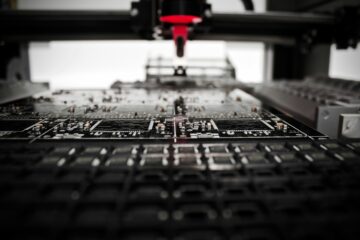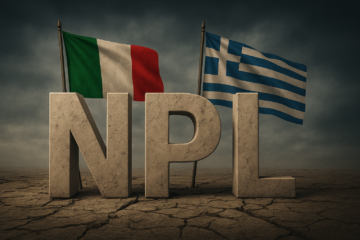Apple, Inc. Market Cap (as of 26/04/13): $391.61bn
Transaction Size: $100bn over three years (program to end in late 2015)
On the 23rd of April, Apple reported its quarterly earnings, with revenues on the rise YoY albeit paired with a lower net income. The results were largely in line with analysts’ estimates and beat the forecasted sales of iPads, largely due to the iPad Mini that comes at a cheaper price than the other models (and consequently constrained the company’s profitability). More importantly, on the same day Apple announced an interesting and long-awaited buyback plan to return part of its massive cash holdings to shareholders, more than doubling the original one to $100bn by the end of 2015 but doing so without repatriating anything from its notorious off-shore cash holdings, which implies that Uncle Sam won’t be getting his due quite yet. It will take place at an average rate of $30bn per year.
Apple is going to take advantage of its AA rating and the low interest rates in the debt market to fund a massive share repurchase (the limit was just raised by the board from $10bn to $60bn, an all-time record) by issuing bonds. Assuming an average issue of $30bn, it is quite straightforward to compare the benefits of this strategy with respect to repatriation. At a tax rate of 26%, Apple would pay a whopping $7.8 bn per year in taxes, leaving $22.2bn to employ for the share repurchase. On the other hand, with a cost of debt of approximately 3% (2.22% after-tax), a $30bn issue will have to pay $900mln of interest per year ($666mln after-taxes), which are tax deductible and therefore would provide the company with a further advantage. Assume a premium of ca. 5% is offered on the repurchased shares as is the norm, the price per share would then be $438 per share.
Under the repatriation scenario, Apple would manage to buy ca. 51 mln of shares (5.43% of outstanding), as opposed to the 68.5mln (7.3% of outstanding) that would retire by borrowing. The roughly 2% of annual difference between the two alternatives has important consequences for shareholders and the related earnings per share, and it is likely to widen further in favor of shareholders if repatriating taxes were to rise or if debt were to become even cheaper for Apple, which could easily happen under a risk-off environment or similar market conditions.
The market’s response to the announcement was lukewarm, with the share price remaining fairly stable. In spite of the positive reaction to the expanded buyback program, the company struggled to find momentum due to the general uncertainty that surrounds its long term plans and products, with very few details available on projects like the Apple TV and the iWatch expected to hit shops by late 2017 (in the meantime, R&D expenses increased to 33% YoY and 3% of Net Sales).
Pressure on Apple to return cash to its shareholders reached a peak last February when David Einhorn, founder and president of Greenlight Capital, launched a lawsuit to prevent Apple from requiring a shareholder vote on the issuance of preferred shares, a move that in his view (shared by many) would have hindered the company’s ability to let in shareholders to its large cash pile hoarded offshore. The basis for legal action resided in the fact that the proposal was bundled together with other unrelated issues, which is not compliant with markets law (and the judge had indeed ruled in favor of the hedge fund manager). Einhorn later dropped the lawsuit once Apple removed the controversial item from the agenda of the meeting, and insisted on pitching his idea of iPrefs, which were basically $50 perpetual preferred shares paying $0.5 quarterly dividend. It seems like Tim Cook opted for a slightly different plan in the end.



0 Comments